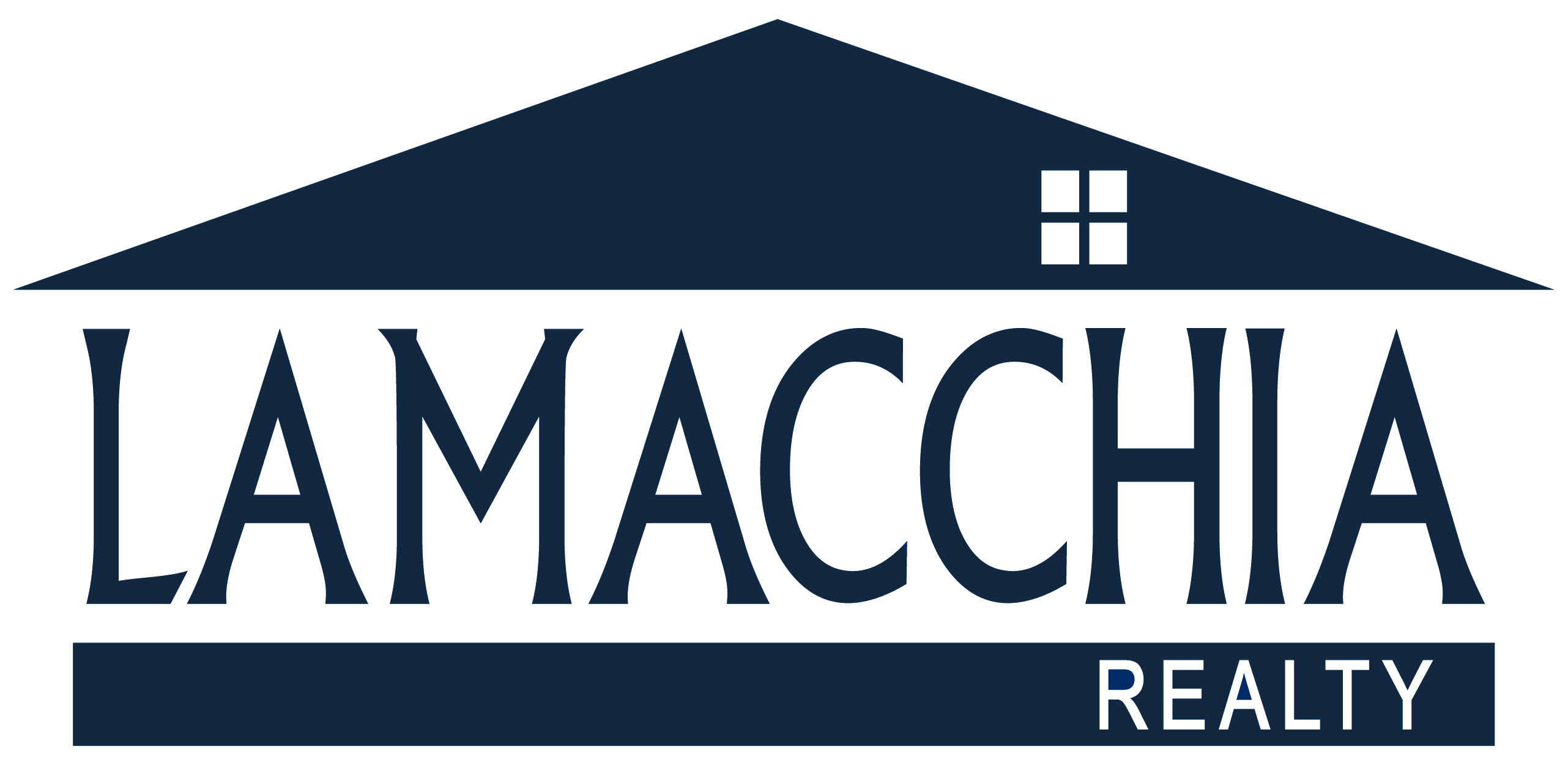

As millions of homeowners are facing unemployment and reduced incomes due to the coronavirus pandemic, making on-time mortgage payments has become increasingly difficult. With mortgage forbearance, homeowners that are facing difficulties paying their mortgage on time and in full due to the pandemic are able to pause or reduce their monthly mortgage payment without penalties.
If you are experiencing difficulties paying your mortgage on time due to the pandemic, here is what you need to know about mortgage forbearance.
What is Mortgage Forbearance?
Mortgage forbearance provides homeowners facing a short-term crisis relief by allowing for reduced or paused monthly mortgage payments for a specific period. Mortgage forbearance is typically requested when a homeowner is dealing with an event, such as job loss, a natural disaster, or major illness, that impacts their ability to pay their mortgage on time.
With forbearance, the total amount of the missed or reduced payments will still be owed and need to be repaid. Your forbearance options can differ depending on the type of loan you have.
Mortgage Forbearance Under the CARES Act
The Federal Government put the CARES Act in place as a relief to the economic changes due to the coronavirus pandemic. Under the CARES Act, homeowners facing financial difficulties due to COVID-19 can receive forbearance for up to one year. Loans that are backed by GSEs (government-sponsored enterprises such as Fannie Mae and Freddie Mac) will be much easier to obtain forbearances for. The CARES Act made it very clear that these loans should receive an automatic 90 days without even having to qualify. During this time, properties cannot be foreclosed upon and there are several repayment options available once forbearance ends.
If your mortgage is not held by a GSE, we still encourage you to connect with your lender to see if you can qualify for a forbearance if necessary.
How Does Mortgage Forbearance Work?
If you are interested in requesting mortgage forbearance, you have to contact your lender by first visiting our Homeowner Mortgage Resource Page. Depending on your lender and your mortgage, your qualification and options can vary, even during the coronavirus pandemic.
If you qualify for forbearance, your lender will work with you to set up a forbearance agreement. Some of the terms that will be outlined in this agreement can include:
- The length of the forbearance
- The monthly amount that will be paid during the forbearance period
- Repayment when forbearance ends
- Whether the forbearance will be reported to credit bureaus
Keep in mind that even with reduced or paused payments, interest will still accrue.
How Do I Get a Mortgage Forbearance?
If you are thinking about mortgage forbearance, you will want to contact your lender to start the application process. Your lender’s website should also have additional resources regarding mortgage forbearance, the process, what you will need in order to apply, and any other important information.
Visit our Homeowner Mortgage Resource Page to use the Loan Look-Up tool to verify who is servicing your mortgage. That is who you will need to contact to negotiate a forbearance.
Even though the qualifications for mortgage forbearance can differ from lender to lender, in most cases, the mortgage forbearance process will start with an application.
Here is what you will need to start filling out the application:
- Your most recent mortgage statement
- Your current monthly income
- Your current monthly expenses
- An explanation of hardship
If the coronavirus pandemic has impacted your finances and making it difficult to make your monthly mortgage payments, talk to your lender as soon as possible to go over your options for mortgage forbearance.
If you need additional real estate assistance during this difficult time please visit our COVID-19 Resource page.
